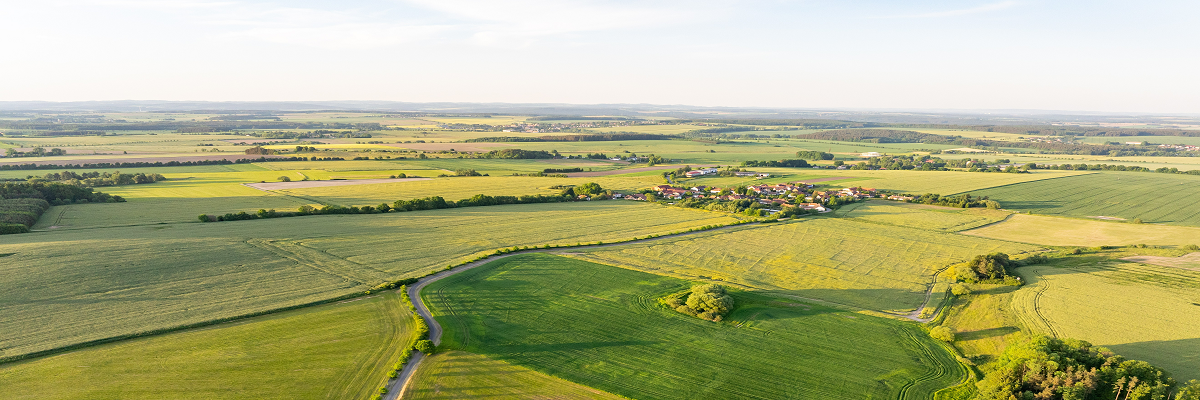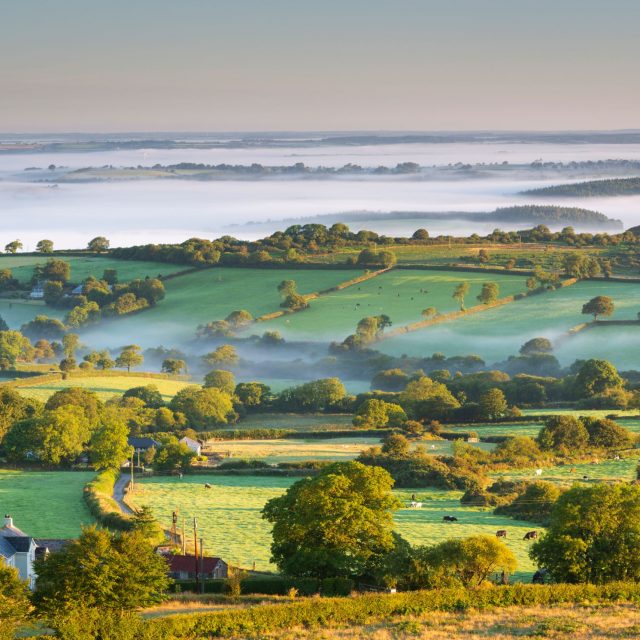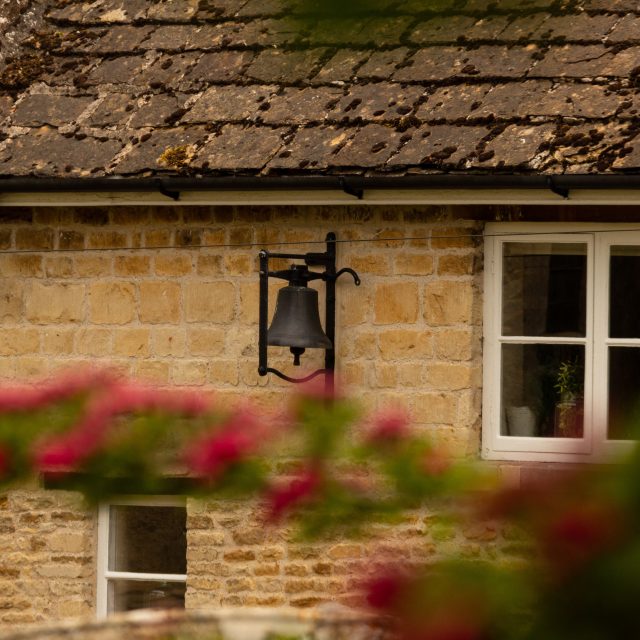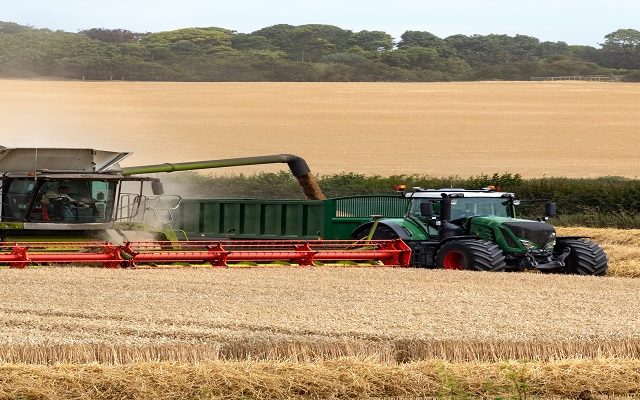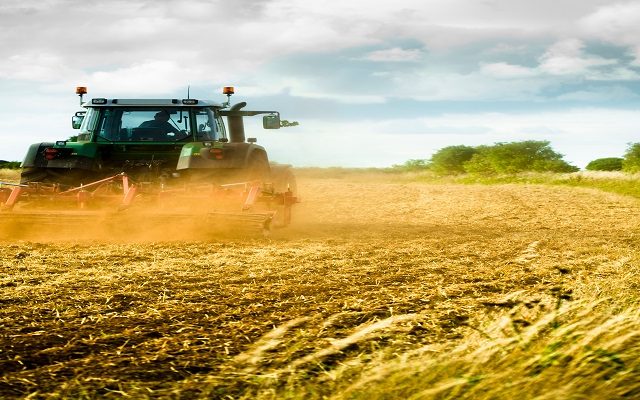Strutt & Parker analysis of impact of Sustainable Farming Incentive (SFI)
Strutt & Parker has carried out analysis of the uptake of different actions available through the Sustainable Farming Incentive (SFI) to quantify how much of an impact the scheme could have on the environment, farm incomes and food production.
The research has involved modelling different actions taken up by arable, lowland grassland and upland grassland farms, based on details of how much land had been entered into each action nationally by early May 2024.
As Defra prepares to fully launch its expanded 2024 SFI offer, the analysis offers fresh insight into the potential impact of the scheme both at a farm and national level.
“Many people have been debating whether the right balance between food production and the environment is being struck, but there has been a distinct lack of data to help inform these discussions. This analysis aims to further our understanding of what is actually happening on the ground,” says Dr Jason Beedell, Rural Research Director for Strutt & Parker.
“So far, we estimate that by the start of May 2024 the SFI scheme had resulted in about 206,000 hectares (509,000 acres) of agricultural land being temporarily taken out of production to offer improved habitats. This is about 2% of all agricultural land in England and we estimate it could translate to a possible 3% cut in crop production, with our assumptions more likely to overstate than understate the drop.”
Jonathan Armitage, Head of Farming for Strutt & Parker, says: “We recognise that these figures will likely be viewed differently by various stakeholder groups. The farming industry may express concern over such the decrease in production, especially considering this year’s challenging weather, which has resulted in the lowest cereal and oilseed rape area in Great Britain in two decades. However, it is equally important to acknowledge the importance of nature recovery. As such, there will be those who argue that a possible 3% reduction in food production to increase habitats and soil health is a necessary trade-off.
“The new government has promised it will produce a Land Use Framework to ensure there is joined up thinking about all the different pressures there are for land, and we hope this analysis helps to inform that work.”
Key findings are:
Number of SFI agreements and proportion of land under SFI actions
- There were 20,772 SFI agreements in place by early May 2024, which is approximately 37% of all farms in England, based on there being 56,564 farms according to Farm Business Survey (FBS) data[1].
- Overall, the model points to 16% of agricultural land in England being subject to some sort of SFI management action, but the agreements are very different according to farm type. For example, the average cropping farm is likely to have a higher percentage of their land under SFI management options (42%) than lowland grassland farms (27%). Upland grassland farms are likely to have 42% under management actions.
Popularity of SFI management options by farm type
- Analysis of the three most popular actions by farm type, based on the proportion of farms taking up the action, shows that for arable farmers they were: 1) No use of insecticides (54%) 2) Winter bird food on arable and horticultural land (29%) 3) Multi-species winter cover crops (28%).
- The three most popular options for both types of grassland farm were: 1) Manage grassland with very low nutrient inputs (85%) 2) Legumes on improved grassland (42%) and 3) Winter bird food on improved grassland (23%).
Revenue from SFI agreements
- It is estimated that cropping farms will receive £22,096/year from their SFI agreement which is 45% of the value of the Basic Payment they would have received in 2020-2022. The revenue from SFI for the average lowland grassland farm is estimated at £13,554/year (42% of BPS) and for the average upland grassland farm it is estimated at £14,495/year (37% of BPS).
Area of habitats on farms
- At an individual farm level, it is estimated that an average-sized cropping farm (which according to FBS data is 217 hectares) increased the area of habitat on their farm by 14.7 hectares as a result of joining the SFI. The average lowland and upland grassland farm is estimated to have increased their area of habitat by 4ha.
Notes:
In March 2024, Defra announced that it was implementing an area limit on six of the management actions available to farmers through the SFI. This was in response to the fact that 2% of farmers who had applied for a 2023 SFI agreement had entered 80% or more of their farm into actions that involved taking land out of food production. According to Defra, this went “further than is necessary”. The amount of land which can now be entered into these particular options is capped at 25% of the total agricultural area of an individual’s farm.
[1] This is the number of farms above the minimum threshold set for inclusion in the Farm Business Survey (FBS) dataset.
